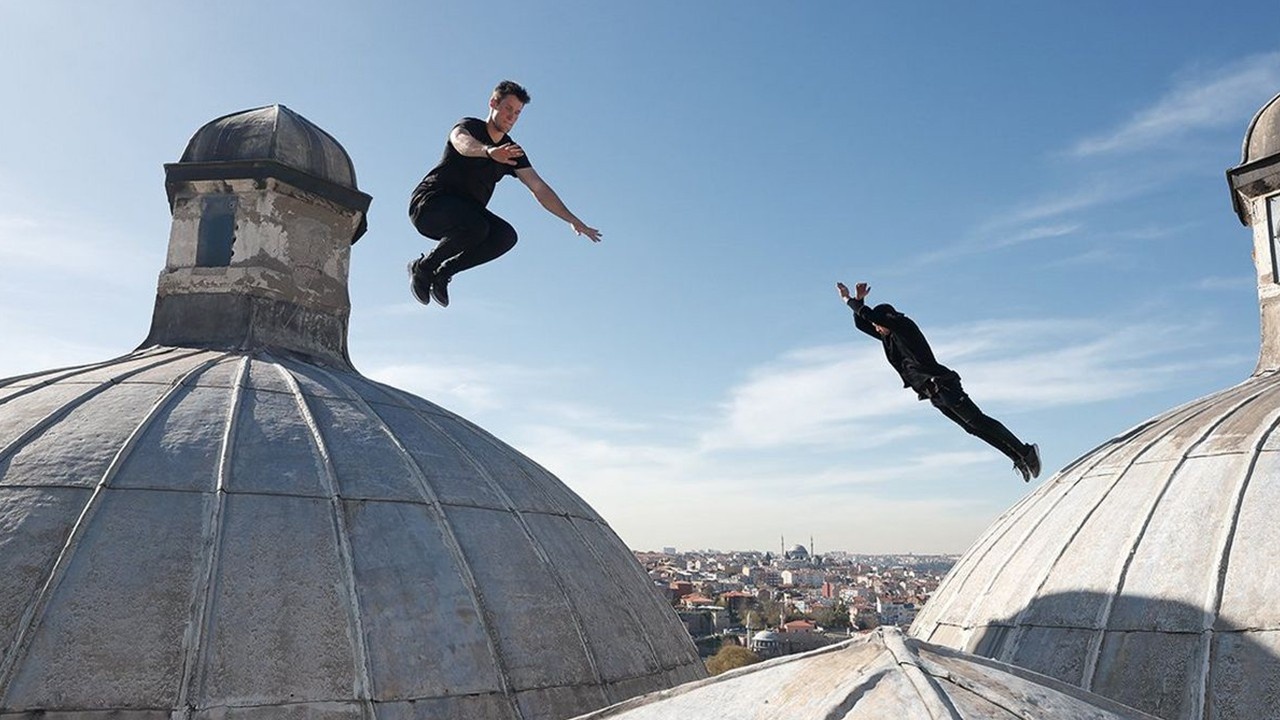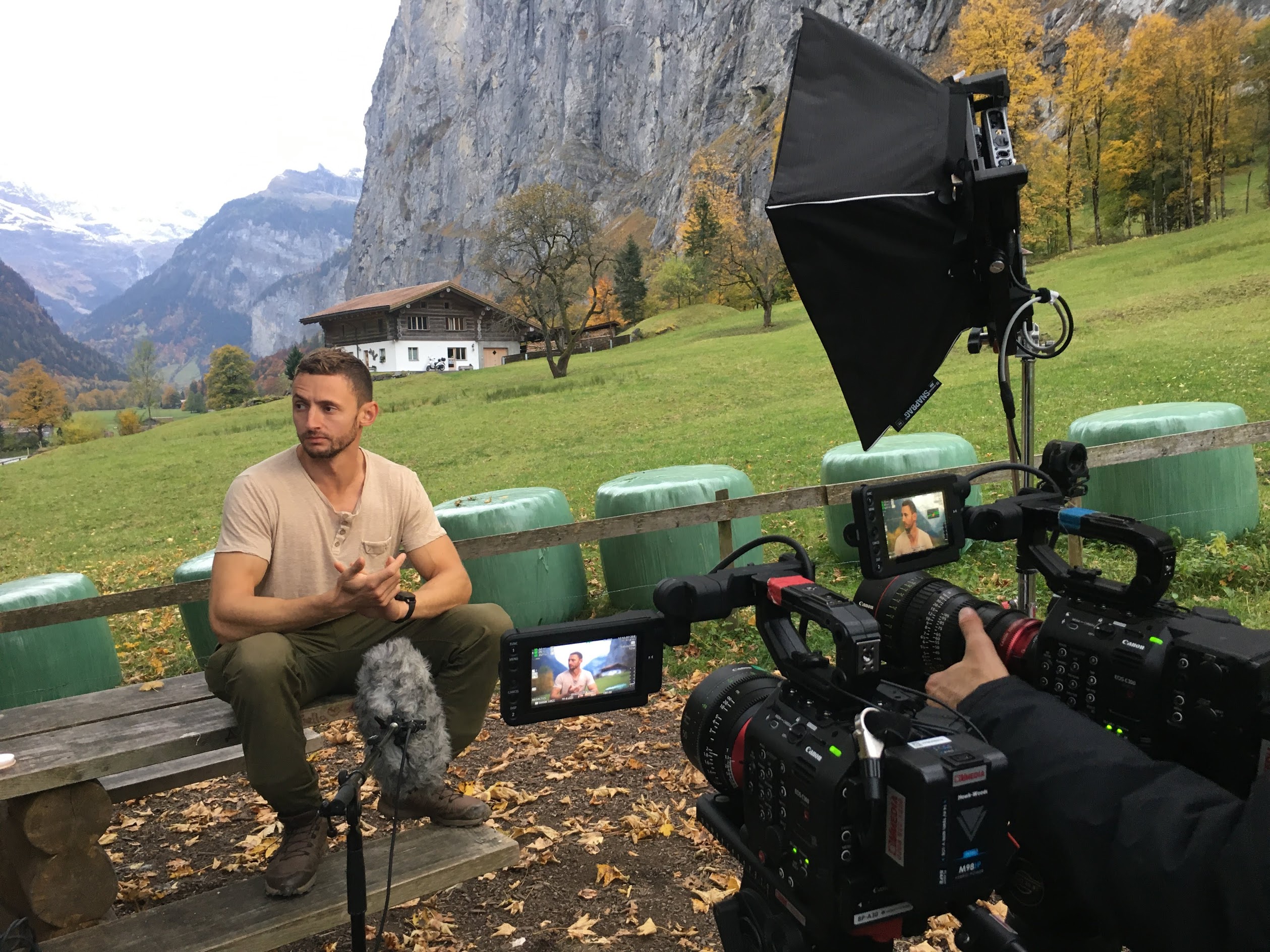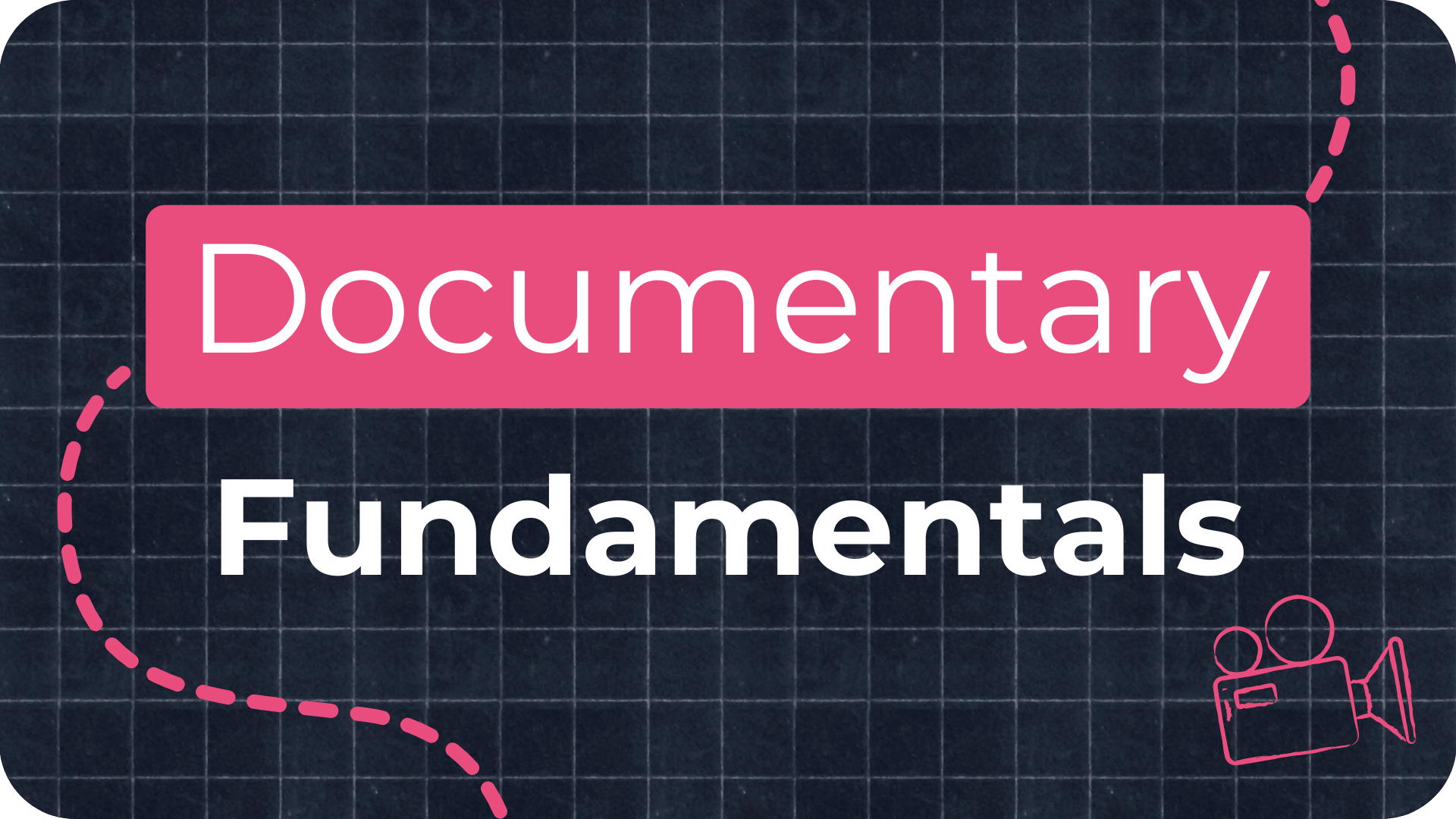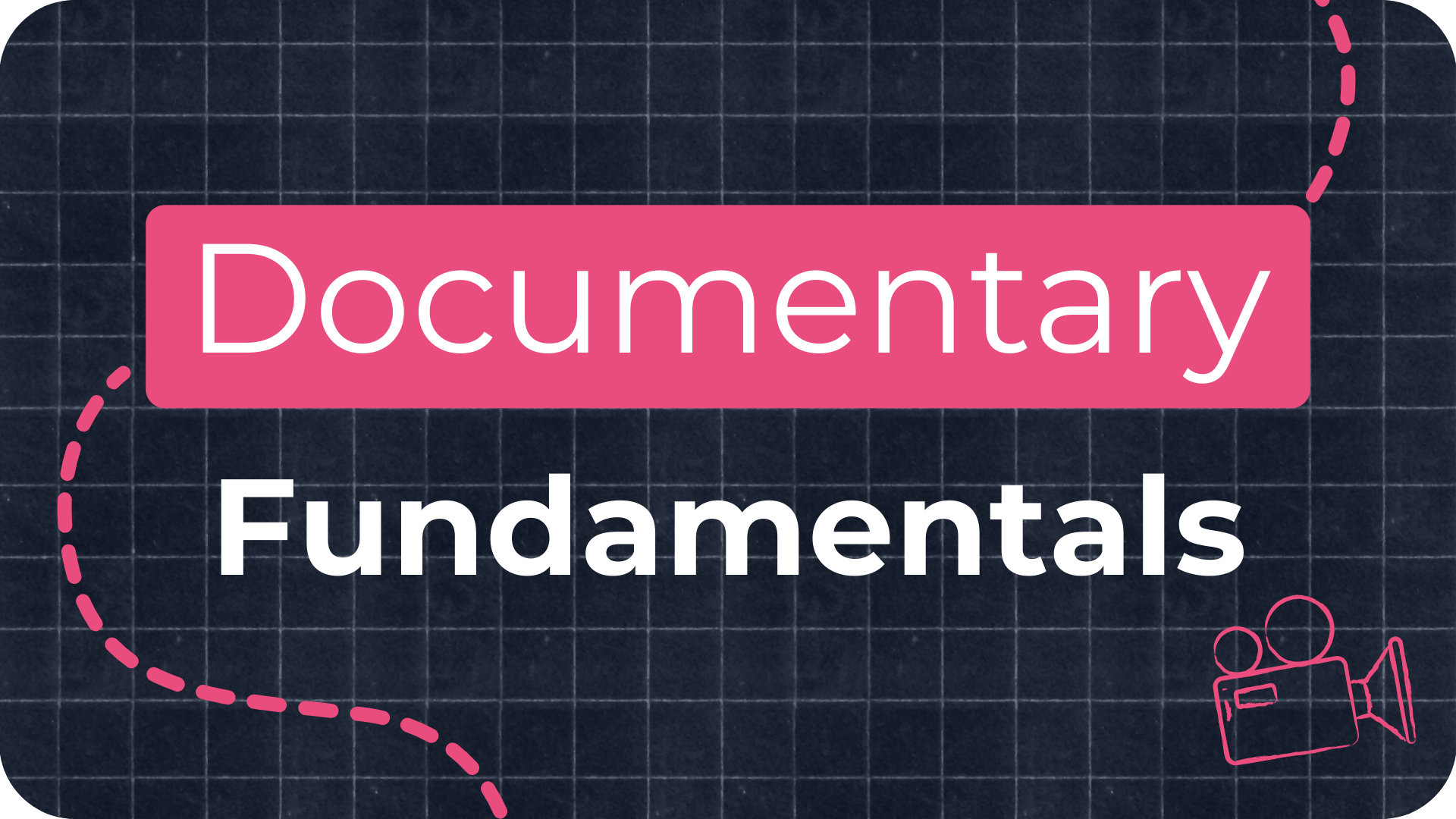Guide to Frame Rates For Beginner Filmmakers

What is Frame Rate?
Frame rate, in the simplest terms, refers to the number of individual frames or images that are displayed per second in a video or film. It's the heartbeat of visual storytelling, dictating the rhythm and feel of the narrative. Whether it's the standard real-time rate of 24 or 25 frames per second (fps), the dreamy slow-motion at 50 or 60 fps, or the hyper-detailed super slow-motion exceeding 100 fps, each frame rate serves a unique purpose. It's the difference between making your audience feel like they're living the story or merely observing it.
What is a Good Frame Rate?
Whether you decide to film in real-time, slow motion or fast forward, frame rates have a big impact on the overall look and feel of a film.
But, a mistake I see a lot of beginner filmmakers making, is shooting everything in slow-motion because they think it looks cool. And this is something I did myself when I first discovered the slow-motion settings on my camera.
Slow-motion is great for enhancing a moment, but filming your entire documentary in slow-mo just makes the audience feel disconnected from your characters because they’re not experiencing any of the film in real-time which makes it unrelatable. Often the best films use a variety of frame rates, depending on what is happening in the scene.
Frame Rates for Filmmakers: Why They Matter
Understanding frame rates (measured in frames per second or fps) is crucial for filmmakers, as it directly impacts the look and feel of their work. Frame rate determines how many images are captured or displayed each second, affecting motion smoothness, realism, and overall style.
The standard 24fps creates a cinematic feel with subtle motion blur. Higher frame rates (48fps, 60fps) produce a hyper-realistic look with less blur, ideal for action or detailed scenes. Lower frame rates introduce a stylized, choppy effect. Filmmakers also use frame rates to manipulate time perception (slow motion or fast-forward).
Choosing the right frame rate depends on your story's tone, genre expectations, and desired viewer experience. It's a powerful storytelling tool that, when used thoughtfully, contributes to mood, pacing, and emotional impact.
How to Choose the Right Frame Rate for Your Videos
To help you choose what frame rate to use when filming a scene, I've put together four main categories:
1. Real-time
This is when you film at 24 or 25 frames per second, depending on what country you’re in. For example in Europe, they use 25 frames per second, and in America, they use 24.
Filming at this frame rate helps the audience feel like they’re living with the main character of your film and it’s the frame rate that I use the most when shooting a doc. For example, like in this scene which I shot at 25 fps, the audience just feels like they’re there with the subject, seeing her day-to-day life.
Also, anytime a person is speaking or being interviewed, like this. I’ll film at 24 or 25 frames per second.
You can also film real-time at 30 frames per second if you’re wanting your footage to look crisp and smooth, but often this looks less cinematic as it gets rid of a lot of the motion blur that you get when filming at 24 or 25 fps. News channels, sporting events and YouTubers will often film at this frame rate.

2. Slow-motion
This can be shot at 50 or 60 frames per second.
Shooting in slow-mo gives more emotional significance to a moment, as the audience has more time to take it in. For example, in this commercial that I made for Tourism New Zealand, I used slow motion when the main characters are looking out at the incredible landscapes to really emphasise the feeling of joy and awe that the main subject is experiencing.
3. Super slow-motion
This can be 100 or 120 frames per second or above. You want to shoot in super slow-mo when filming fast movements like a person jumping, an explosion or moving water. Fast kinetic movement happens so quickly that the audience doesn't have time to take in all the detail, so shooting super slow-mo gives the viewer time to process what’s happening. For example, when I was filming Storror doing Parkour in Turkey for a Canon commercial, I shot a lot of the high-stake moments in super slow-mo, to emphasise the danger of the stunt.
4. Timelapse
This can be anything from shooting 1 frame per second to even 1 frame per day, depending on what you’re capturing. Shooting at this frame rate compresses time and it can be really useful to show time passing or to show progress.
Timelapses are used a lot in wildlife documentaries to show nature in motion and reveal a perspective of nature that can’t be seen in real life.
Elevating Your Documentary With Frame Rates
In filmmaking, the choice of frame rate is pivotal in determining the visual and emotional impact of a scene. While it's tempting for novices to overuse slow motion for its dramatic flair, it's essential to understand that each frame rate has its unique purpose and effect. Real-time filming at 24 or 25 fps offers an immersive experience, making viewers feel as if they're part of the narrative. Slow-motion, at 50 or 60 fps, accentuates emotions, allowing audiences to savor significant moments. Super slow-motion, exceeding 100 fps, captures rapid movements in intricate detail, emphasizing the intensity of actions. Lastly, timelapses, varying from 1 fps to even 1 frame per day, provide a condensed view of time, often revealing unseen wonders of nature. In essence, the art of documentary filmmaking is not just about capturing reality but choosing the right frame rate to enhance and elevate the storytelling experience.
Can You Mix Frame Rates in One Video?
Mixing frame rates within a single video can significantly enhance storytelling, allowing filmmakers to create contrasts and emphasise different narrative elements effectively. High frame rates bring clarity and smoothness to action sequences, making them more engaging, whilst lower frame rates can lend a stylistic or dream-like quality to specific parts, such as flashbacks. This approach requires careful planning to ensure it complements the story without distracting the audience. It involves understanding the technicalities, such as frame rate conversion and compatibility with various playback platforms. When executed properly, mixing frame rates can elevate the visual narrative, offering a dynamic and emotionally rich viewing experience, and pushing the boundaries of traditional filmmaking.
Why 24 FPS is the Cinematic Standard: Film Look Explained
The classic 24 frames per second (FPS) standard in movies isn't just an accident, it's a choice with deep roots in film history. Back in the early days, 24 FPS struck the perfect balance between smooth-looking motion and keeping film costs down. That slight motion blur you see in fast scenes? We've come to love that as part of the "movie magic" feel. It makes things look real and immersive. There's just something classic and timeless about the way 24 FPS looks, something high frame rates can't always match.
Free Documentary Filmmaking Training
If you want more value-packed filmmaking tips like in this blog, I’ve put together a free documentary training video where I share how I make cinematic documentaries. Click here to sign up and get instant access.
















